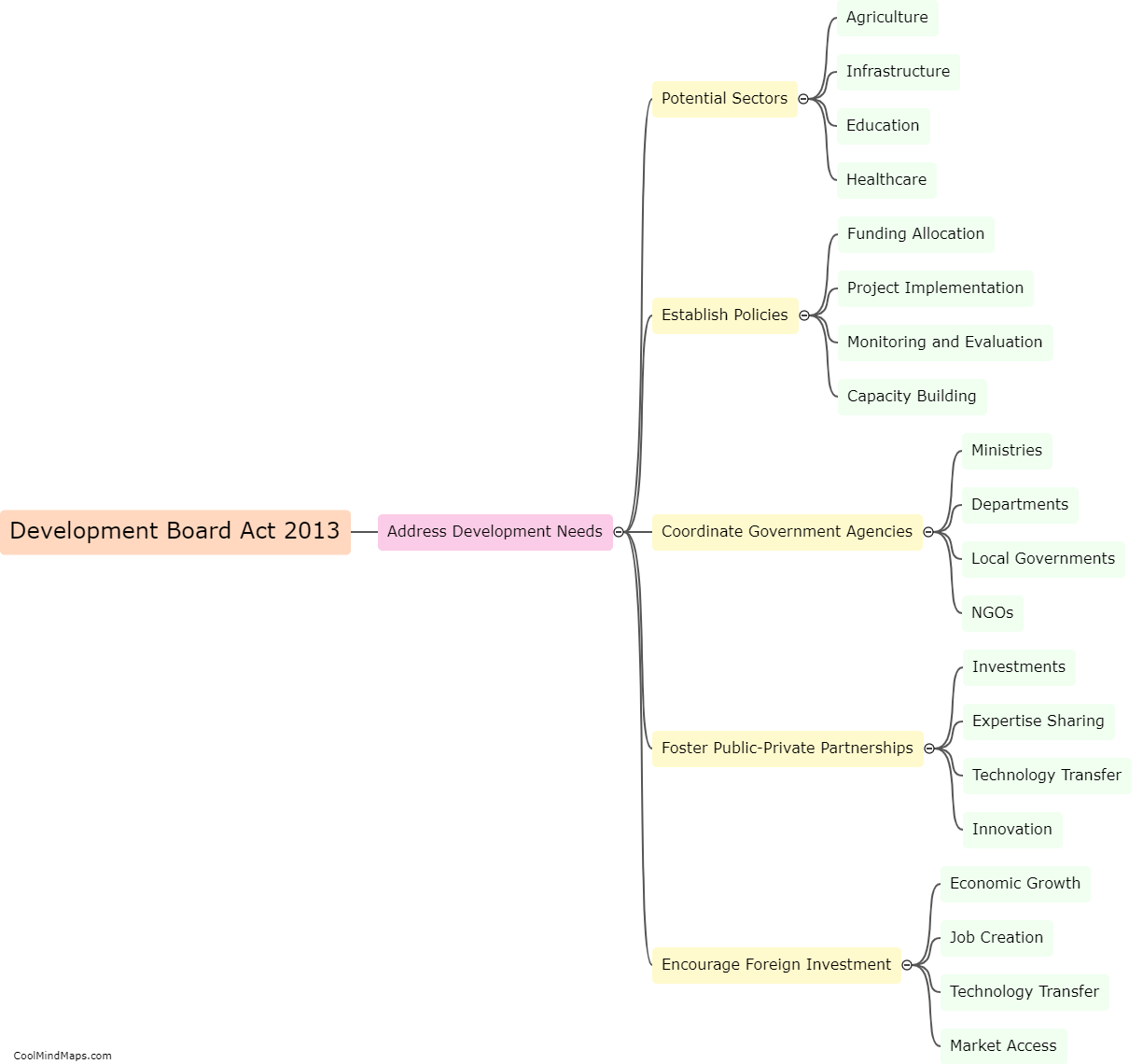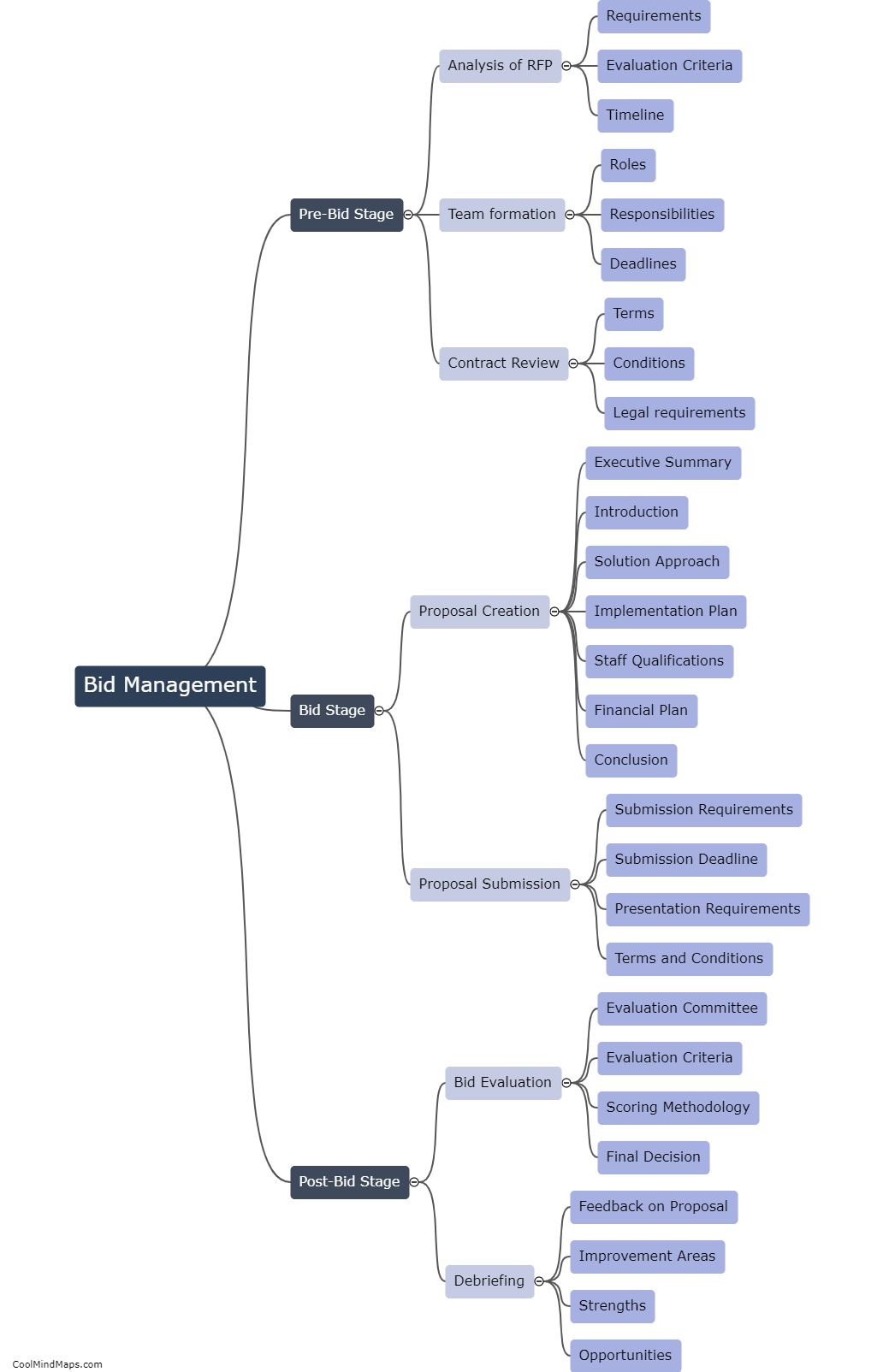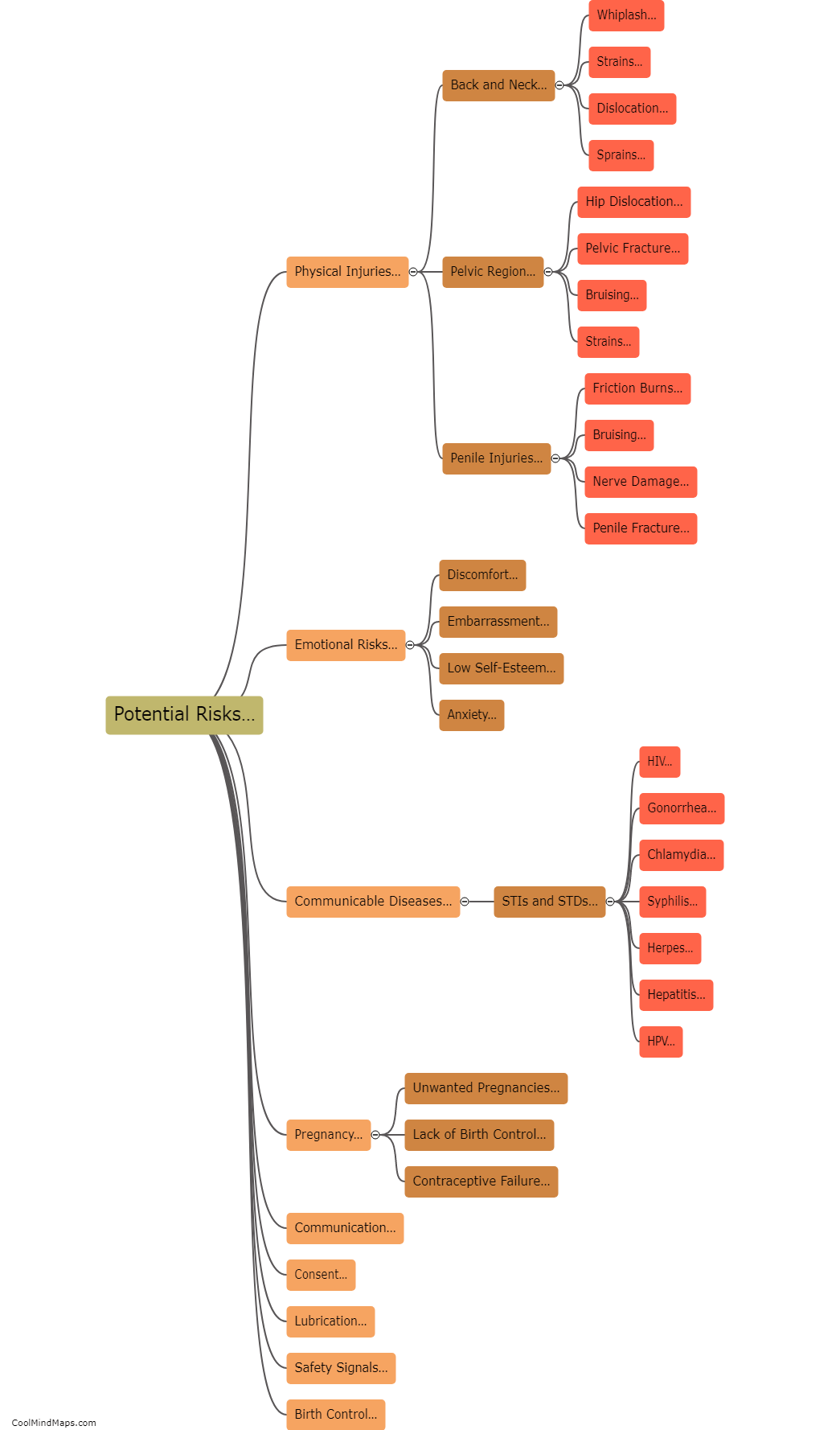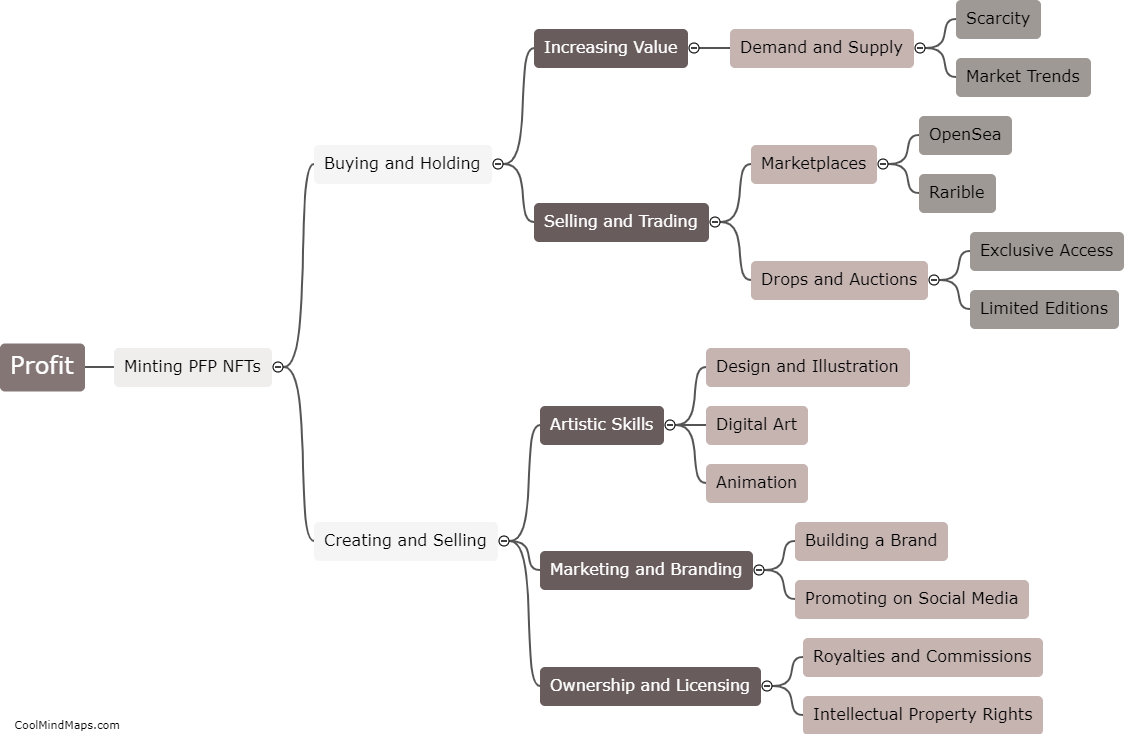How can webhooks be implemented?
Webhooks can be implemented in various ways depending on the specific requirements of an application. One common approach is to use a server-side programming language to handle incoming webhook requests. Typically, the application needs to expose an endpoint or route that listens for incoming HTTP requests. When a webhook event is triggered by a third-party service, it sends a POST request to this endpoint with relevant data. The server-side code then processes the received data and performs the necessary actions or triggers specific processes based on the webhook payload. Alternatively, webhook services or tools provided by several platforms can be utilized to streamline the implementation of webhooks without having to build and maintain a custom server infrastructure. These services often offer functionalities like request transformation, payload validation, authentication, and error handling, simplifying the process of managing and implementing webhooks.

This mind map was published on 19 September 2023 and has been viewed 93 times.











